Review
Renault has produced another excellent retro-inspired electric car that troubles the class best and is priced to sell.
Overview
Renault already produces the hottest new electric car of 2025 – the Renault 5. Now it has expanded its range using the same formula to create the 4. It’s a bit longer, a bit taller, and a whole heap more practical.
Renault don’t call it an SUV, but they do compare the relationship between the 5 and 4 to the Clio and Captur.
The 4 uses the 5’s AmpR platform, offered with a 52kWh battery and 150PS motor. That gives it a brisk 0-62mph time of 8.2 seconds and an official range of 247 miles. Those are competitive figures given the price is likely to start at around £27,000, or usefully less than most rivals.
Stellantis models like the Citroen e-C3 Aircross and Vauxhall Frontera are both cheaper, although neither can go as far or as fast as the Renault 4. Other rivals include the Jeep Avenger, Peugeot E-2008 and the freshly-launched Ford Puma Gen-E.
![]()
The 4’s model lineup is expected to closely mirror that of the 5, just without the option of a smaller battery and less powerful motor. Base Evolution should include a heat pump, 18-inch wheels, wireless smartphone mirroring, rear parking sensors and keyless entry.
Assume a £2,000 premium for mid-spec Techno, which adds an eye-catching illuminated grille, Google infotainment, a larger driver’s display, a wireless charger, drive modes, adaptive cruise with steer assist, all-round parking sensors and paddle adjustable regen with one pedal driving.
More safety kit, including blind spot monitoring, will feature on top spec Iconic, along with different alloys, and an electric tailgate. It’s also the only way to get heated front seats and a heated steering wheel as they are not an option on the others.
Comfort and practicality
Most of the 4’s dashboard is shared with the smaller Renault 5, which works well functionally and aesthetically. Fabric sections on the dashboard and door cards offset the hard plastics used elsewhere and give a premium feel. It’s all rather more pleasant than most rivals costing thousands more.
Space up front is good, with plenty of headroom and seats that adjust fore and aft enough to suit the very tall and very short. Move to the rear and you’ll find similar space to the class best. Even with the rear bench mounted much higher, headroom is still enough for a tall adult, while rear legroom is better than average for the class.
Rear foot space is more of an issue, with the battery case causing an intrusion into the back of the footwell, forcing your feet forwards. This isn’t an issue unless your front passengers have their seats in their lowest height setting.
The boot is impressive with 420-litres of space and up to 1,405-litres with the rear seats folded. This includes a 44-litre compartment under the boot floor, while there are useful straps and cubbies to keep items secure. The rear seats have a 60/40 split fold, enabling a load length of 2.2 metres, but no load-through facility.
![]()
Safety and technology
The 4’s interior is certainly easier to use than in cars like the Volvo EX30, which have almost no switchgear. Where you have to access almost everything via the touchscreen in a lot of modern cars, the 4 gets a whole row of physical heater controls and there are useful icons on the screen to skip to key menus.
Mid-spec and up cars get integrated Google connectivity, while all feature a 10.1-inch touchscreen. It’s easy to use and includes Android Auto and Apple CarPlay.
An electric route planner is integrated into the sat-nav and automatically plots the most suitable routes to factor in charge level and necessary charging stops.
![]()
Safety and driver assistance is on a par with higher market segments, with a full suite of standard-fit systems. These go beyond the legally mandated requirements and include Driver attention alert, and rear automatic emergency braking, as well as forward detection with emergency lane keeping assist, rear detection with emergency lane keeping assist and rear cross traffic alert.
Also included is the occupant safe exit alert, for both front and rear passengers, on either side of the vehicle.
Drivers can customise the configuration of the car’s built-in systems – such as lane keep assist and speed limit warning – using a quick access button to the left of the steering wheel. This prevents the need to delve into the touchscreen before every journey.
On higher-grade models, the Active Driver Assist provides a Level 2 autonomous driving function combining intelligent adaptive cruise control with Stop & Go and lane centring assist.
Driveability and range
The 4’s tall roof, generous ride height and boxy shape make the driving experience something of a surprise. Renault has made the suspension softer than the 5’s but not by much, so it turns in more keenly and corners flatter than you might expect. Quick, reassuringly weighted steering and predictable brakes make it a satisfying drive.
Acceleration feels muscular. It’s quick off the line and gets up to motorway speeds without breaking a sweat.
Even at these speeds the motor’s whine barely registers. That’s partially because of excessive wind noise coming from the door mirrors and windscreen pillars, while coarse surfaces generate lots of tyre roar.
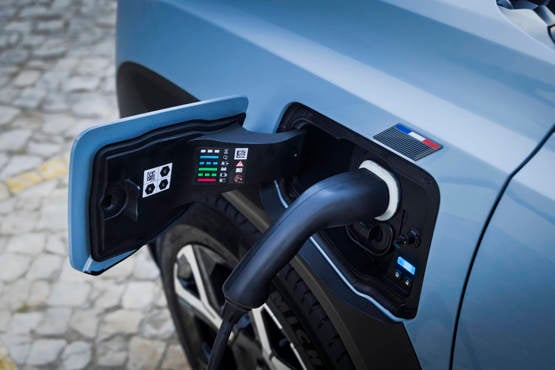
The 247-mile range figure will be for the most sparsely equipped 4, although even one with all the toys will officially do 241. We would expect 200 to be easily achieved in the summer based on the 4.3mi/kWh achieved during our test on a mix of roads, with 25 miles at motorway speeds dropping this to 4.0mi/kWh.
That translates to a real-world range of around 215 miles during the warmer months, but expect a sub-150 mile range in winter.
DC rapid charging is supported at 100kW to give a 30 minute 15%-to-80% time or 55 minutes if from totally flat to totally full. An 11kW AC charger is standard, enabling a full charge in five hours.
Company car tax and running costs
Renault hasn’t confirmed the UK pricing and specs, yet, so we don’t have any running cost figures to consider. If the Renault 5 is anything to go by, however, the 4 should be one of the cheapest models in its class on a pence-per-mile basis.
As a fully electric car, the 4 will attract a 3% benefit-in-kind tax charge.

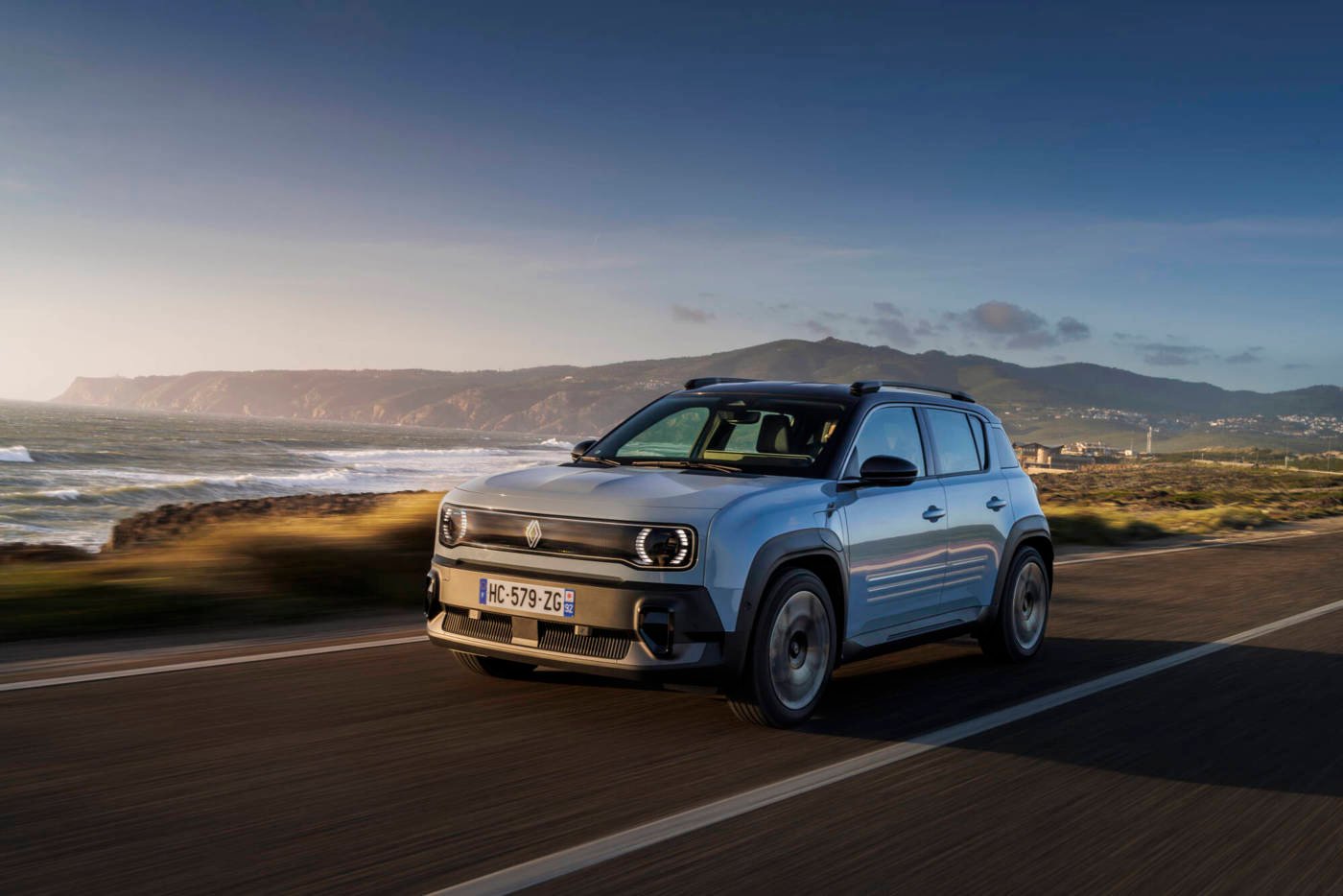
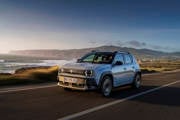
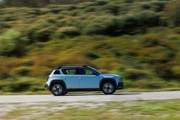

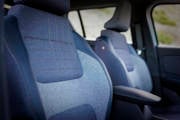
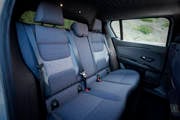
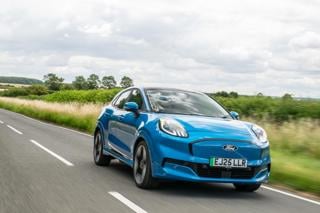
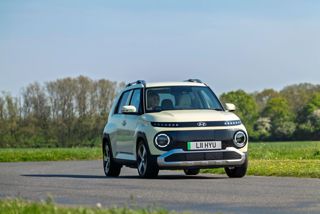
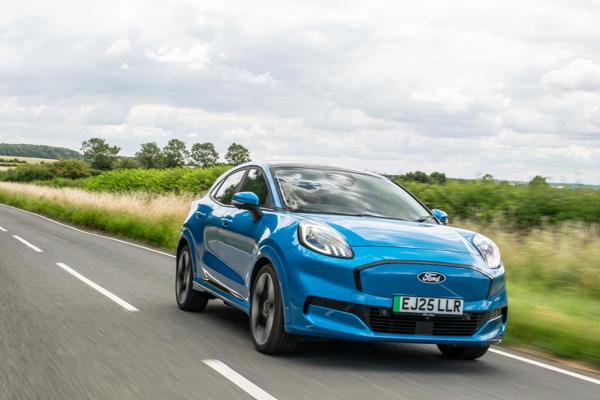
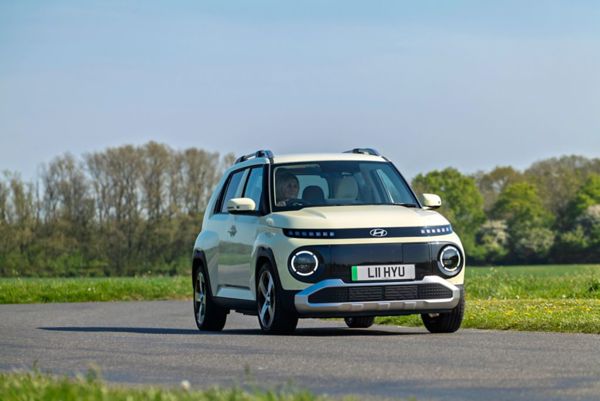
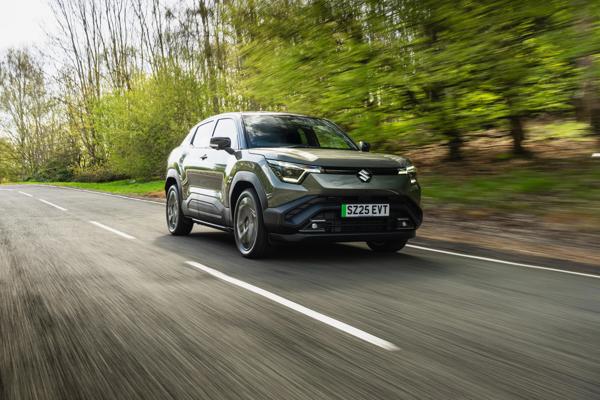
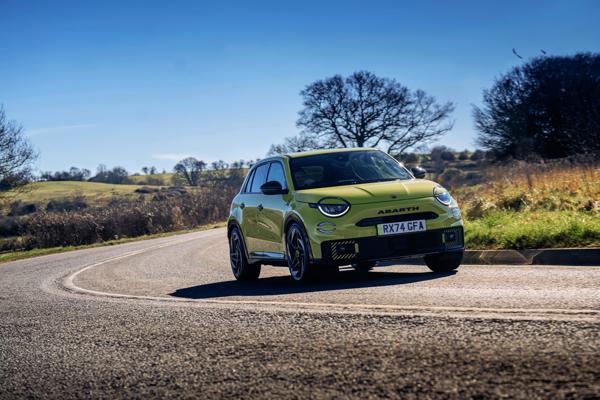
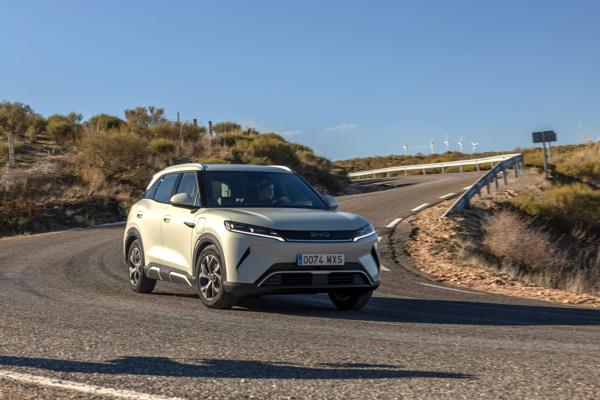
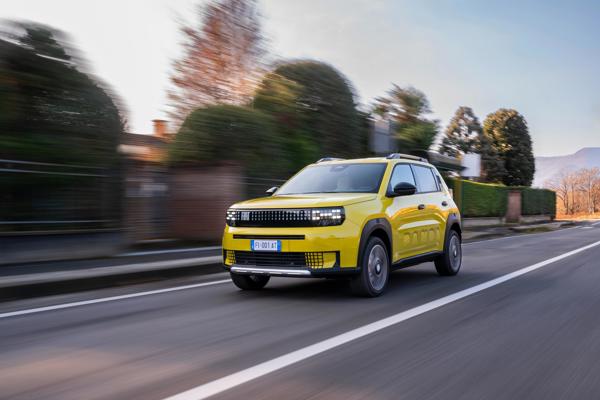

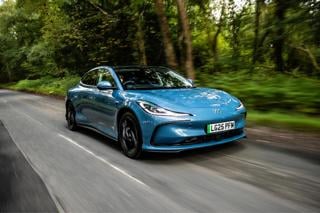
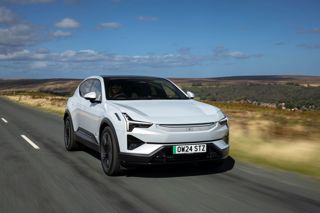
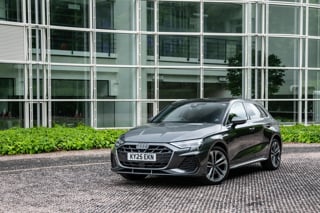
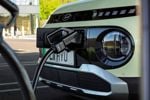





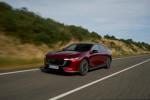





Login to comment
Comments
No comments have been made yet.